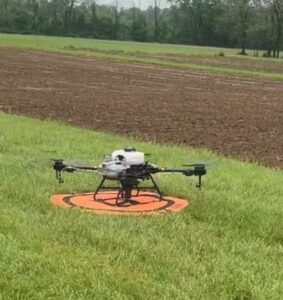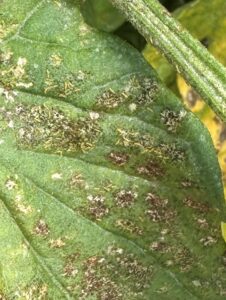
The Call for 2026 Northeast SARE Farmer Grant applications is now available. Awards of up to $30,000 are available, depending on the complexity of a project. Proposals are due no later than 5:00 p.m. EST on December 9, 2025. The NJ SARE Coordinator is Stephen Komar, Agricultural Agent in Sussex County and Michelle Infante-Casella is the Assistant Coordinator for SARE in NJ. If you have questions you can send an email to Steve or Michelle, or contact your local county Rutgers Cooperative Extension Agricultural Agents who can assist and also provide technical assistance.
Northeast SARE Farmer Grants provide the resources farmers need to explore new concepts agriculture conducted through experiments, surveys, prototypes, on-farm demonstrations or other research and education techniques. Projects address issues that affect farming with long-term practical impacts in mind.
Farmer Grants are designed to be a strong starting point for farmers interested in pursuing grant funding of projects. Before starting their proposals, potential candidates identify a Technical Advisor who can provide non-farming expertise in areas such as research design, troubleshooting, and promotion. The Technical Advisor acts as a go-to support person throughout the grant project, making it easier on first time grantees and forging new relationships in agricultural communities across the Northeast.
Northeast SARE funds projects in a wide variety of topics, including marketing and business, crop production, raising livestock, aquaculture, hydroponics, silvopasture, and more.
Northeast SARE covers the Northeast and Mid-Atlantic states of Connecticut, Delaware, Maine, Massachusetts, Maryland, New Hampshire, New Jersey, New York, Pennsylvania, Rhode Island, West Virginia, Vermont, and Washington, D.C.
The Farmer Grant program is specifically for farmers. Northeast SARE will be releasing calls for proposals for other grant programs in the coming months.
For applications, tutorials on farmer grants, and other important information about this grant program see the NESARE Farmer Grants Webpage.





